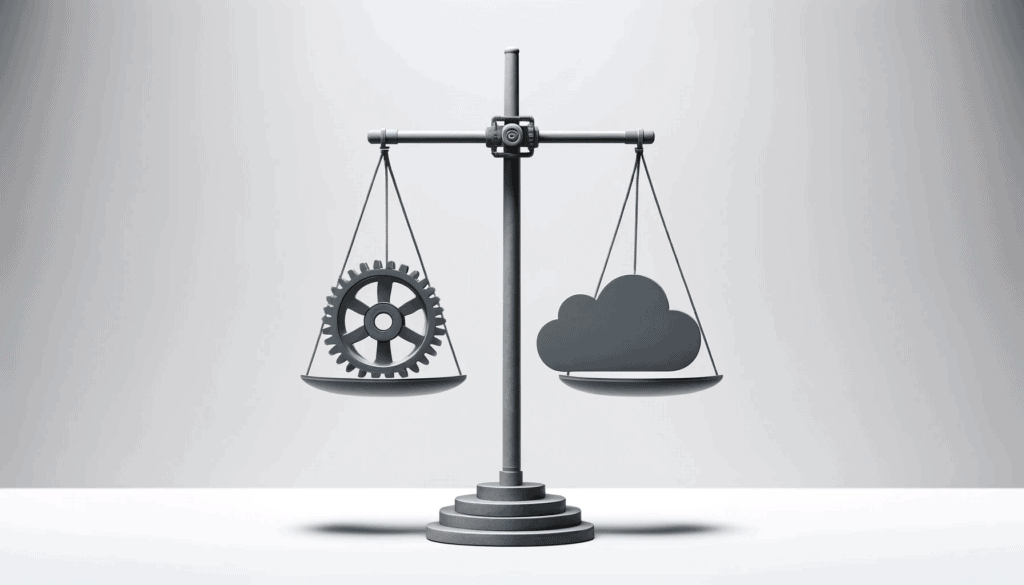
How do technology companies manage the continuous demand for innovation while grappling with stringent budget constraints and evolving market expectations? In 2024, firms face a relentless challenge to integrate cutting-edge technologies into new products, all while optimizing operational efficiency under financial pressures. This article explores the aspects that influence the tech world, ranging from the integration of innovative technologies to the dynamics of IT spending and consumer satisfaction. By analyzing critical statistics from industry-leading surveys and reports, we uncover the challenges and opportunities that define the landscape of technology and its impact on both companies and consumers.
Integration of Technologies and Innovation Pressure
For technology-focused businesses, innovation is not just a buzzword but a survival strategy. According to the KPMG 2023 US Technology Survey, 58% of technology sector executives report that their primary challenge is the increased pressure to create new product features by integrating multiple technologies.1 This indicates a broader industry trend where the rapid pace of technological advancement is not just an opportunity but also a considerable strain.
Companies are compelled to explore and adopt a multitude of emerging technologies—ranging from AI to IoT—each promising to be the next big revolution. The integration of these technologies is not merely about keeping up with competitors but about redefining market standards and consumer expectations. The drive to innovate under pressure not only pushes companies towards technological breakthroughs but also demands a high level of agility and creativity from their leaders.
Budget Constraints and Productivity
The pressure to innovate is juxtaposed with stringent budget constraints. The KPMG 2023 Global Tech Report highlights that 65% of tech companies are expected to do more with less, with reduced budgets compared to the previous year.2 Meanwhile, the Deloitte Tech Trends 2023 report indicates that 72% of digital leaders have witnessed improvements in employee productivity due to digital transformation.3
These insights underscore a critical balance that companies must achieve—enhancing productivity without proportional increases in budgets. Leveraging technology for digital transformation presents a solution, allowing businesses to automate processes, enhance decision-making, and optimize resource allocation. The key challenge lies in strategically investing in technologies that yield the highest return on investment in terms of productivity.
Future Trends in IT Investment and AI Adoption
Despite the economic uncertainties, the technology sector continues to see optimistic investment forecasts. In its 2024 Outlook Technology Report, Deloitte predicts an 8% growth in global IT spending,4 suggesting a strong confidence in tech development’s ROI. Concurrently, Horton’s anticipates that 75% of software engineers will use AI coding assistants by 2028 in its 2024 Tech Trends report,5 signifying a shift towards more automated and sophisticated tools in software development.
This indicates not only a robust investment climate but also a transformative shift in how technology is being developed and utilized. The integration of AI tools in software engineering is set to redefine the traditional methodologies, leading to faster, more efficient, and potentially more innovative development cycles. Such trends are pivotal for tech companies aiming to lead in innovation and efficiency.
Executive Confidence and Technological Adequacy
Confidence among executives regarding their technological capabilities remains high, with 70% expressing confidence in achieving their goals using existing technologies,1 reveals a significant alignment between strategic goals and technological capabilities within organizations.
This confidence likely stems from successful past integrations of technology that have led to measurable benefits, such as increased market reach or improved operational efficiency. It also points to a maturity in the technology lifecycle where existing tools can still provide competitive advantages without immediate upgrades or overhauls. For tech leaders, maintaining this confidence requires ongoing evaluation of tech capabilities against strategic objectives to ensure they continue to align effectively.
Consumer Experience and Market Expectations
A staggering 94% of consumers report frustration with disjointed experiences when interacting with organizations.6 This statistic highlights a significant gap between technological advancements and their implementation in user-friendly ways.
Improving consumer experience is crucial, as it directly influences satisfaction and loyalty. Tech companies must therefore focus not only on the backend integration of new technologies but also on how these technologies are experienced at the consumer level. Ensuring seamless, intuitive, and cohesive interactions across various platforms and touchpoints can substantially enhance consumer perceptions and foster stronger brand connections.
The technology sector’s landscape is complex and challenging, yet ripe with opportunities for those who can skillfully navigate the pressures of innovation, budget constraints, and consumer expectations. Understanding the nuances of this dynamic—through the lens of key industry statistics—provides valuable insights into strategic decision-making. For tech leaders and companies, the goal is clear: innovate effectively, manage resources wisely, and always keep the consumer experience at the forefront of technological integration. By doing so, they can not only survive but thrive in this competitive industry.
Sources:
- “KPMG 2023 US Technology Survey.” KPMG, 2023,
kpmg.com/kpmg-us/content/dam/kpmg/pdf/2023/2023-kpmg-us-tech-survey.pdf - “KPMG 2023 Global Tech Report.” KMPG, 2023,
assets.kpmg.com/content/dam/kpmg/xx/pdf/2023/09/kpmg-global-tech-report.pdf - “Tech Trends 2023: Life Sciences perspective.” Deloitte, 2023,
www2.deloitte.com/content/dam/Deloitte/us/Documents/life-sciences-health-care/us-tech-trends-2023.pdf - “2024 Outlook Technology Report.” Deloitte, 2024,
www2.deloitte.com/content/dam/Deloitte/us/Documents/technology-media-telecommunications/2024-tmt-outlook-technology.pdf - “Tech Trend 2024 Report.” Horton, 2024,
hortoninternational.com/wp-content/uploads/2024/02/Tech_Trend_2024_Report-2.pdf - “2023 Digital Trends: Financial Services in Focus.” Adobe, 2023,
business.adobe.com/content/dam/dx/us/en/resources/digital-trends-financial-services-2023/adobe-digital-trends-2023-fsi.pdf
This content was originally posted on Medium.
